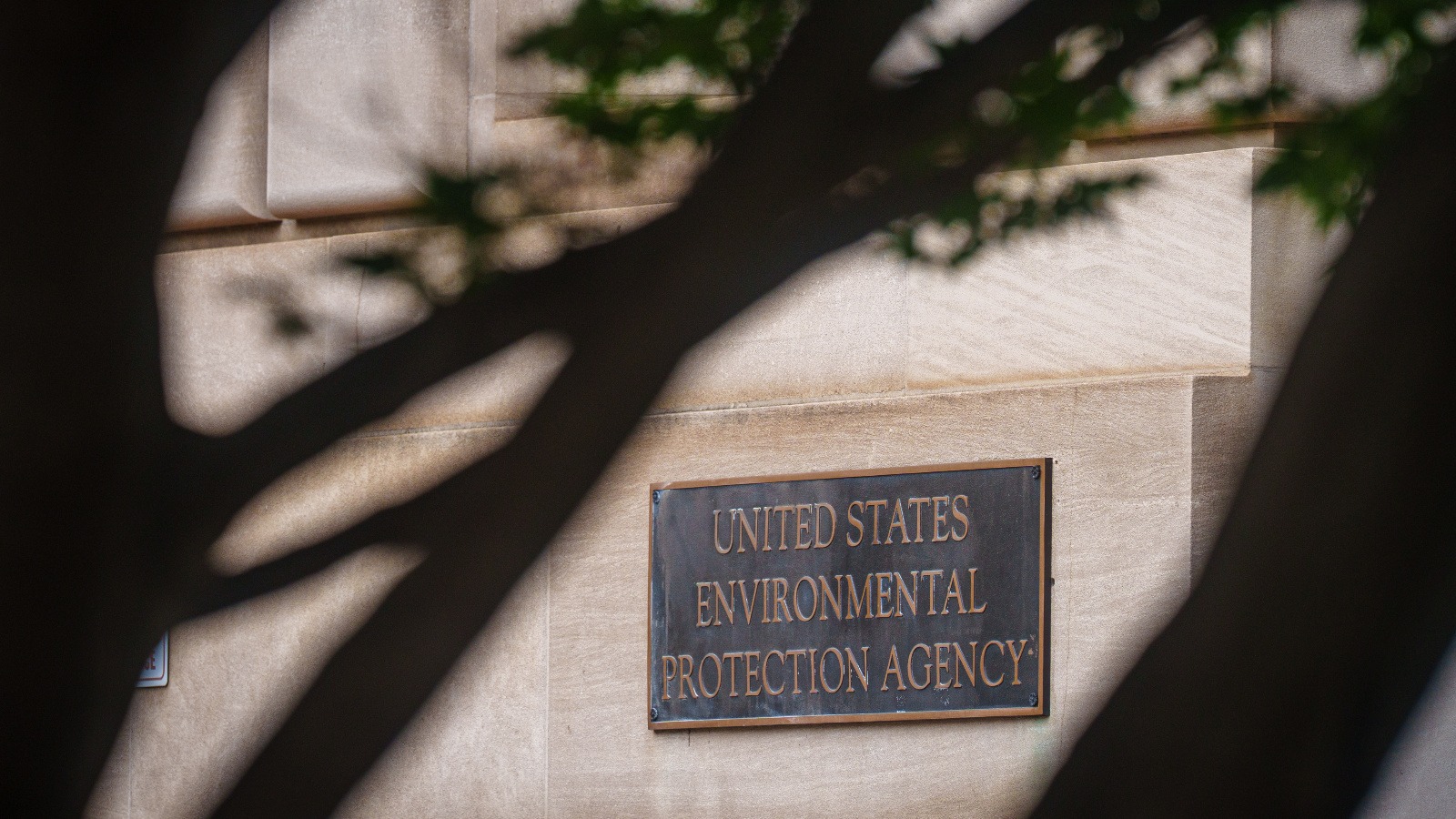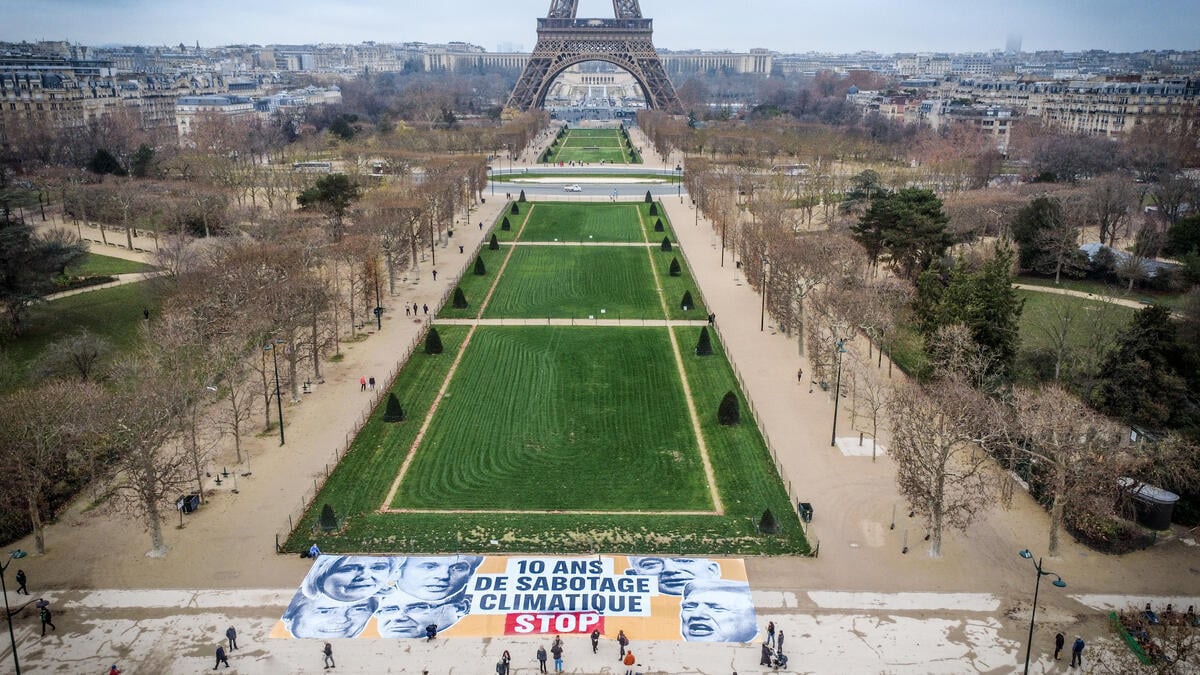Water, Vol. 17, Pages 1744: Extreme Droughts in the Peruvian Amazon Region (2000–2024)
Water doi: 10.3390/w17121744
Authors:
Daniel Martínez-Castro
Ken Takahashi
Jhan-Carlo Espinoza
Alejandro Vichot-Llano
Miguel Octavio Andrade
Fey Yamina Silva
Droughts in the Amazon region are expected to increase in frequency and intensity, which would negatively affect the tropical forest, leading to a positive climate–forest feedback loop that could potentially result in the collapse of this ecosystem. In this study, extreme drought conditions were identified in the Peruvian Amazon region for the period 2000–2024 using the maximum cumulative water deficit (MCWD) index, which is related to the tropical forest water stress. The ERA5, CHIRPS, and MSWEP datasets were used to estimate precipitation, while ERA5 data were used for evapotranspiration. This study focuses on the specificities of droughts and the differences across study areas. Six study areas were specified, three of them located in the Loreto department (northern Peruvian Amazon), another centered in Moyobamba city (western Peruvian Amazon), another in Ucayali, in the central Peruvian Amazon, and the other in Madre de Dios (southern Peruvian Amazon). It was found that the drought events are more frequent and intense in the central and southern regions of the basin. Based on the combined effect of the regional severity of the drought and its spatial extent, estimated from averaging across study areas and precipitation datasets, we identified the hydrological years of 2023-24, 2022-23, 2009-10, and 2004-05 as extreme droughts and 2015-16 and 2006-07 as moderate droughts.
Source link
Daniel Martínez-Castro www.mdpi.com



